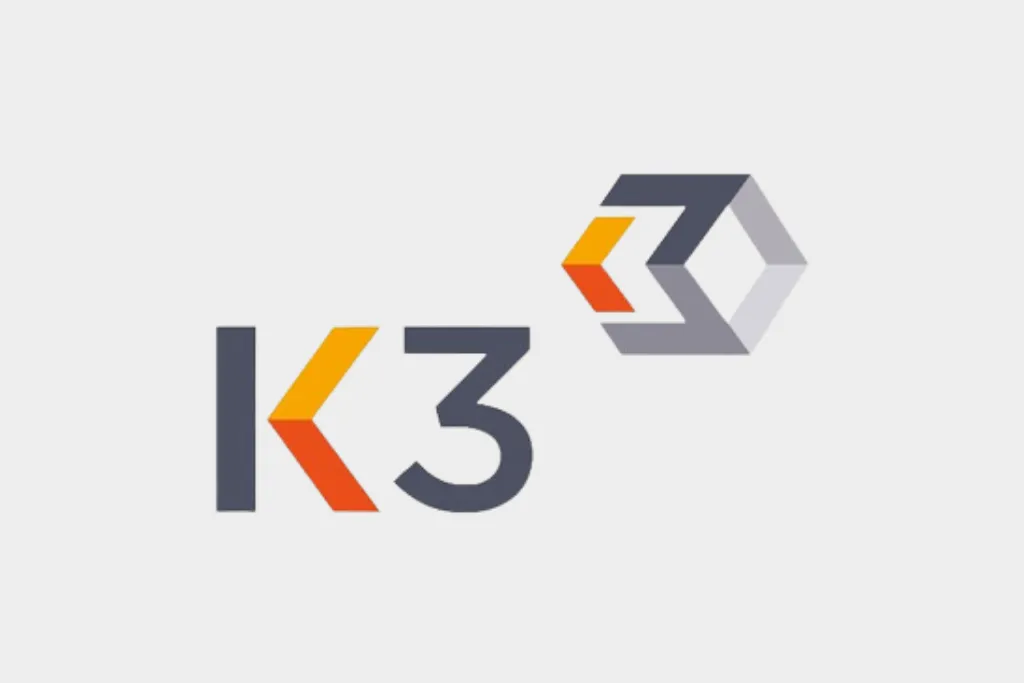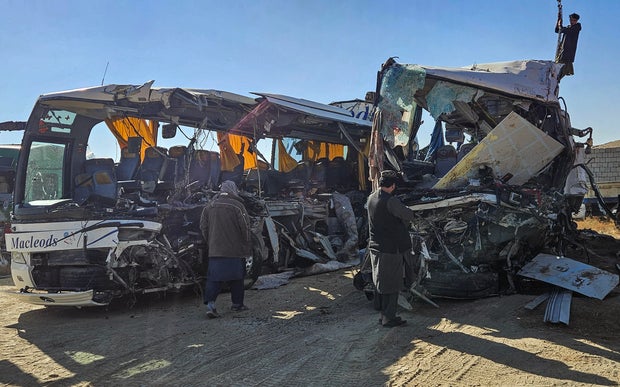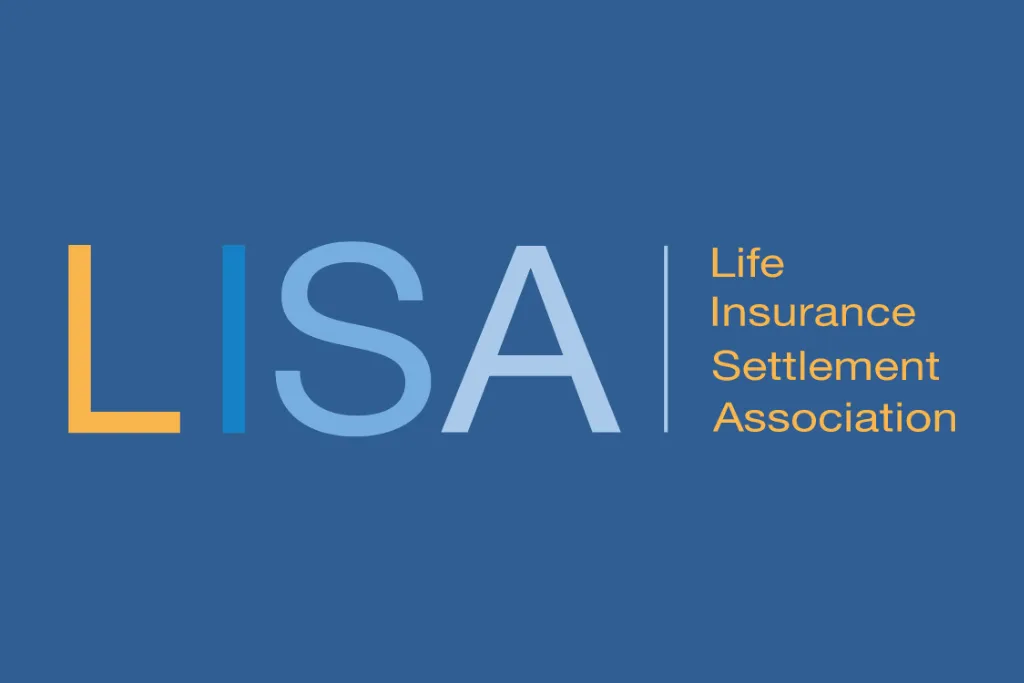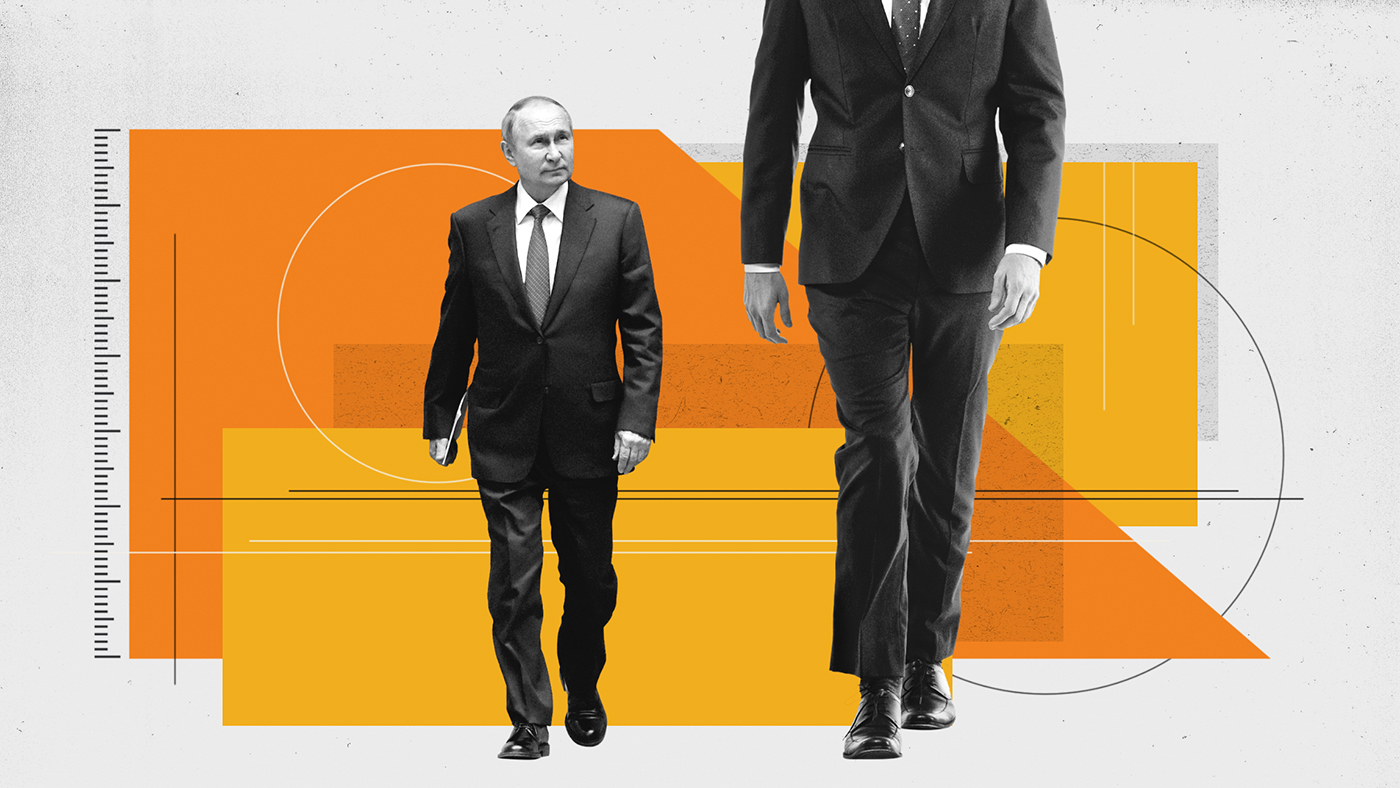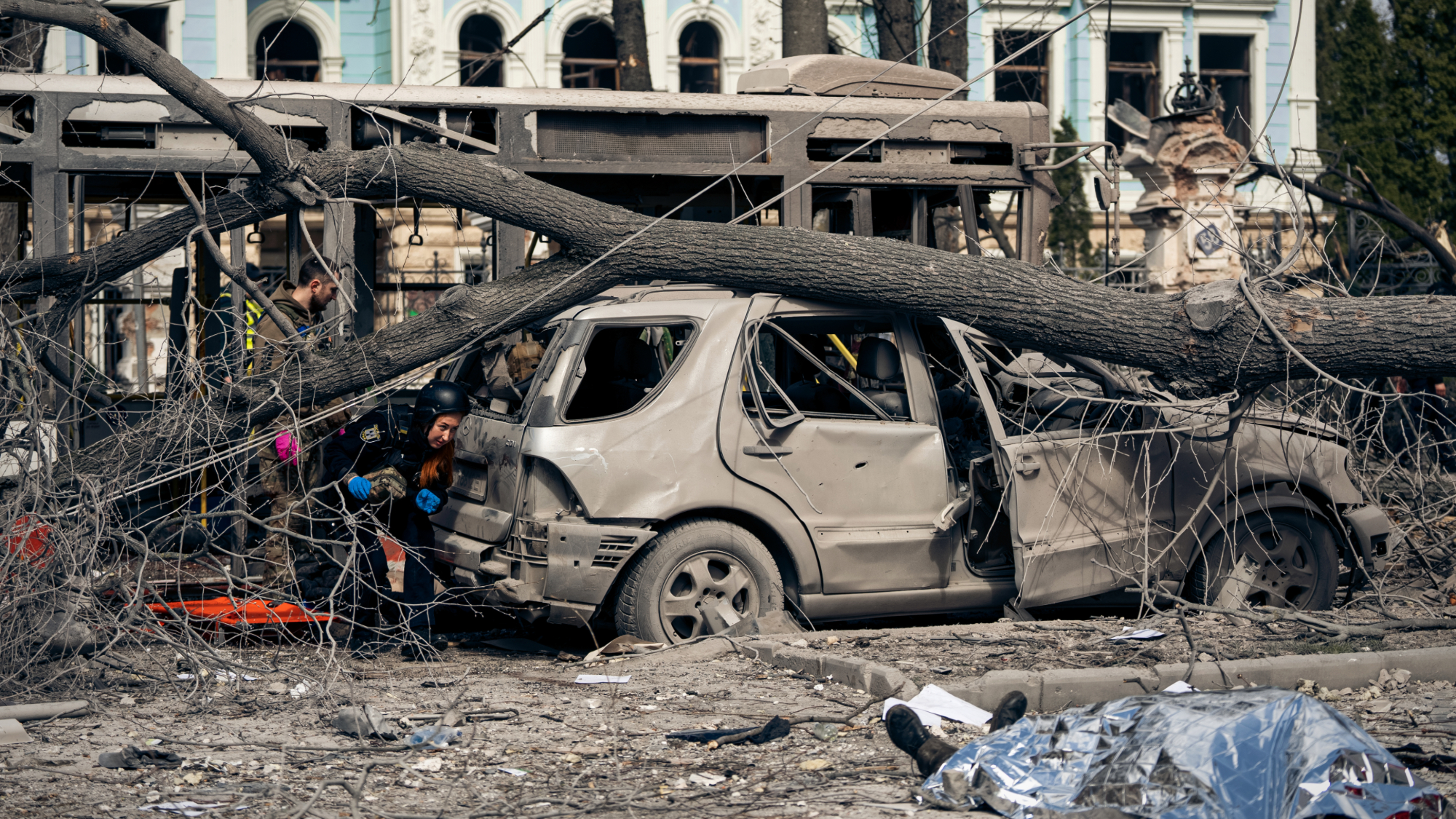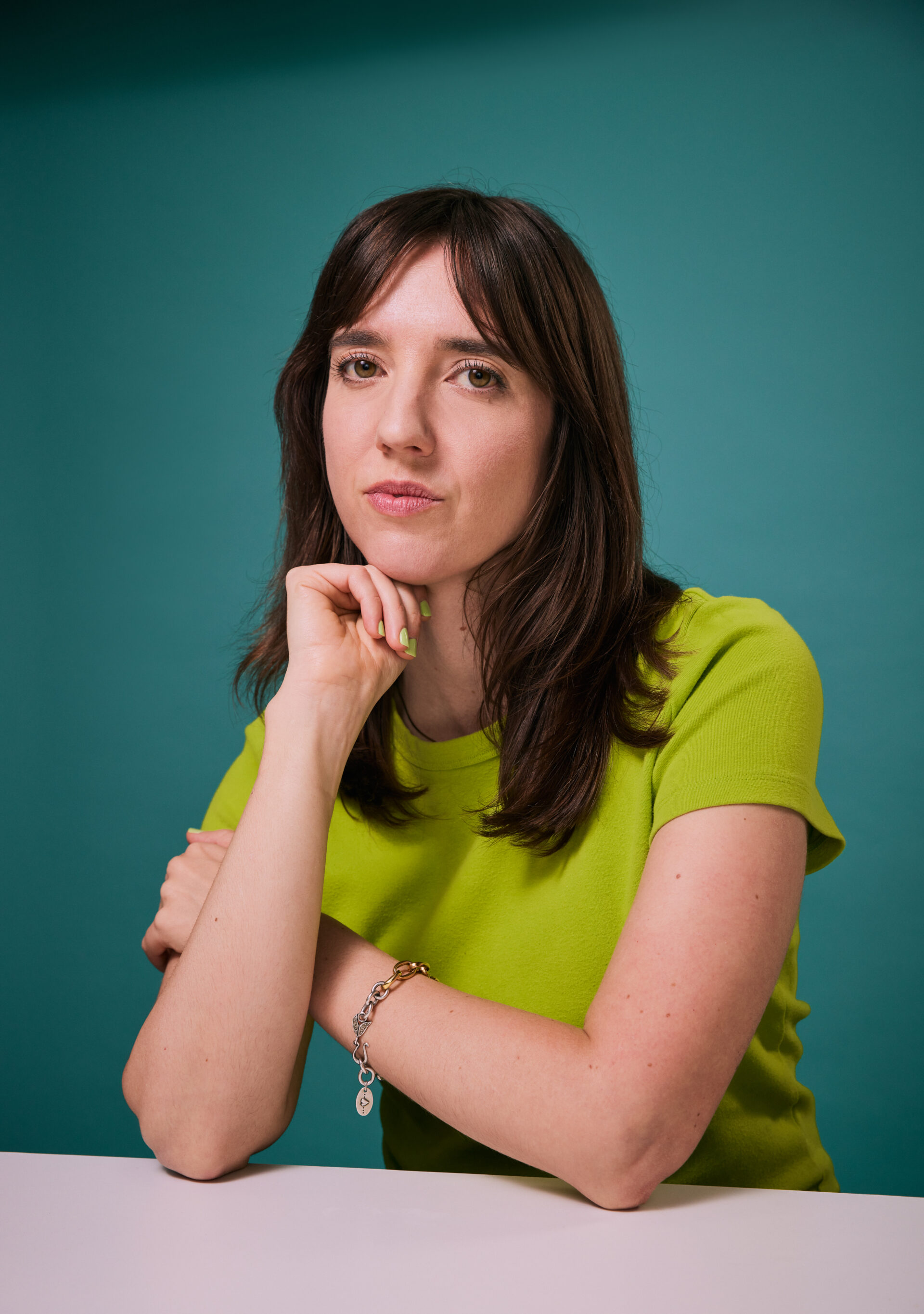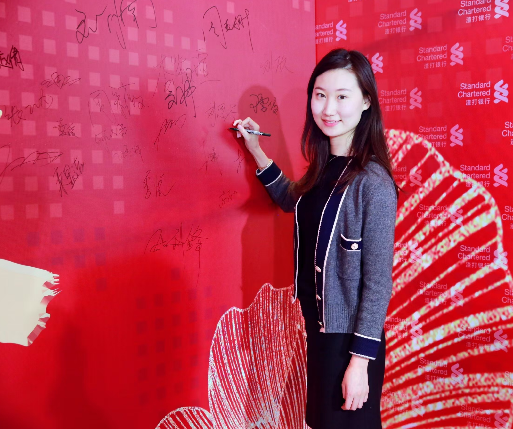Amid the surge of fake news, I am more serious than ever about my role as a history and journalism teacher to foster students’ media literacy. By fake news, I don’t mean stories a reader objects to because of political leanings or other beliefs. That’s above my pay grade. I mean content that is completely fabricated with the intent to deceive.
To help my junior and senior students understand why fake news is a problem we need to care about, this past school year I asked them to analyze a passage from “A Dissertation on the Canon and Feudal Law” (1765) by John Adams: “Liberty cannot be preserved without a general knowledge among the people… [who] have a right, an indisputable, unalienable, indefeasible, divine right to that most dreaded and envied kind of knowledge, I mean, of the characters and conduct of their rulers.”
Then I asked: “If the public falls prey to false information presented as news, what could that mean for liberty in America?”
One student replied, “It means that the public will vote and make decisions based on deceit and lies, causing havoc to our representative democracy. I also worry that with so much fake news, the public may not know what to believe, even when the truth is right in front of their noses, for all to see.”
READ MORE: Real things teachers can do to combat fake news
My student’s thoughtful comment stands out to me — and gives me hope. While I don’t think students today lack critical thinking skills, I do see that many young people value quick, easy answers to difficult questions. It’s understandable since they are growing up in a digital, on-demand culture that seems to value immediacy above all else, including carving out the time needed to stay well-informed about the world.
Fortunately, I’ve found that history can and should be used to cut through the clutter and help students discern fact from fake news.
Draw in history
On the first day of school at Brimmer and May in Massachusetts last year, I made it clear that fake news is nothing new. In my American history class, I projected onto the whiteboard the famous work by German-American painter Emanuel Leutze, “Washington Crossing the Delaware.” I asked my energetic minds, fresh from summer break, to analyze the painting as they would a primary source. I told them nothing about Leutze, when the painting was completed, or even its title.
“That’s clearly George Washington,” one student shouted, as others nodded their heads in agreement. “He’s leading his troops into battle.”
“Very good,” I responded. “But can you discern any other details, perhaps about why Washington is standing when everybody else is sitting or rowing?”
“Because he’s modeling bravery and strength by making his presence pronounced,” another student said. “He is showing that he isn’t afraid of any fire that might come his way, or even British troops on the other side.”
Then, students agreed that based on the blue piece of sky in the background, the crossing likely took place in the morning. To substantiate that claim, students talked about the sunlight peeking through the clouds, spotlighting the general. Some students commented on the width of the river, guessing where the crossing took place. Students reported feeling confident about their conclusions.
Throw in a curveball
Everything changed when I asked: “What if this painting is lying to you?”
“Oh, no!” a student exclaimed. “There’s no way Washington could have stood up on that rickety boat. That’s fake news. I knew it.”
“And yet you didn’t say anything,” I responded, then revealed the artist’s name and the painting’s title. I explained that the artist didn’t begin working on the original work until the late 1840s, well after the merciless crossing on Dec. 25, 1776. The men were mounting a surprise attack against Hessian mercenaries stationed in Trenton, New Jersey — not against British soldiers, as my students imagined. Furthermore, where the crossing occurred, the Delaware River, is much narrower than Leutze depicted. I also explained that a fledgling American army, in dire need of a victory to turn the tide, secured one with few casualties.
Had I revealed those facts at the outset, students assured me that they would have taken a more critical look. They acknowledged that the passage of time, as well as America’s ultimate independence, likely influenced Leutze’s poetic license to depict Washington in heroic fashion.
I was pleased by these signs of skepticism, but also taken aback by the number of students who initially accepted the painting as literal or semi-literal truth. At this point, I urged the class to question everything they see and hear, underscoring a key point of the lesson: A picture can lie just as easily as text.
In fact, it would have been impossible for Washington, as athletic as he was, to stand on the rowboat in Leutze’s painting, even more so because, contrary to what students concluded, the crossing happened at night, during a surprise nor’easter with sleet and wind pounding Washington and his men. Furthermore, as historian David Hackett Fischer wrote in his Pulitzer Prize-winning book, “Washington’s Crossing:” “Most of the men crossed the Delaware standing up. Big river ferries and freight boats had few seats or none at all. On a wet winter night, anyone who sat in the bottom of a Durham boat or ferry would have been sitting in ice water.”
READ MORE Teachers’ Lounge: Column: How to help students discover the whole truth
When I revealed that the “Stars and Stripes” fluttering behind Washington wasn’t created until a year later, I watched my students grow distressed, even angry — not at me, but at being duped.
Toward the end of class, I asked them how often they take information at face value, without questioning the source or the author’s intent. In the discussion that ensued, students said they scrutinize sources of information in an academic setting, but at home, when they hop on social media, it’s a different story. Most said they rarely read entire articles because of their busy schedules. Instead, they skim headlines and catch snippets to stay informed.
Before class let out that day, I stressed to students how the historian’s craft can be applied in their lives outside the classroom — and urged them to take the time to question the credibility and accuracy of a news item, blog post, iPhone alert, photo, or anything else they come across.
In my experience, all of this goes a long way toward helping individuals spot fake news and make informed decisions based on quality reporting.
This piece first appeared on the Independent Ideas blog, published by the National Association of Independent Schools (NAIS), a nonprofit organization that empowers independent schools and the students they serve.
Popular News

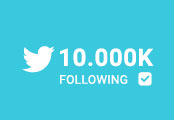

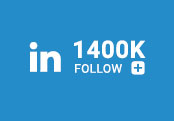
Current News
Manufacturing
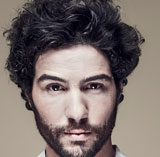
Collaboratively administrate empowered markets via plug-and-play networks. Dynamically procrastinate B2C users after installed base benefits. Dramatically visualize customer directed convergence without
Collaboratively administrate empowered markets via plug-and-play networks. Dynamically procrastinate B2C users after installed base benefits. Dramatically visualize customer directed convergence without revolutionary ROI.





About Us
Tech Photos





